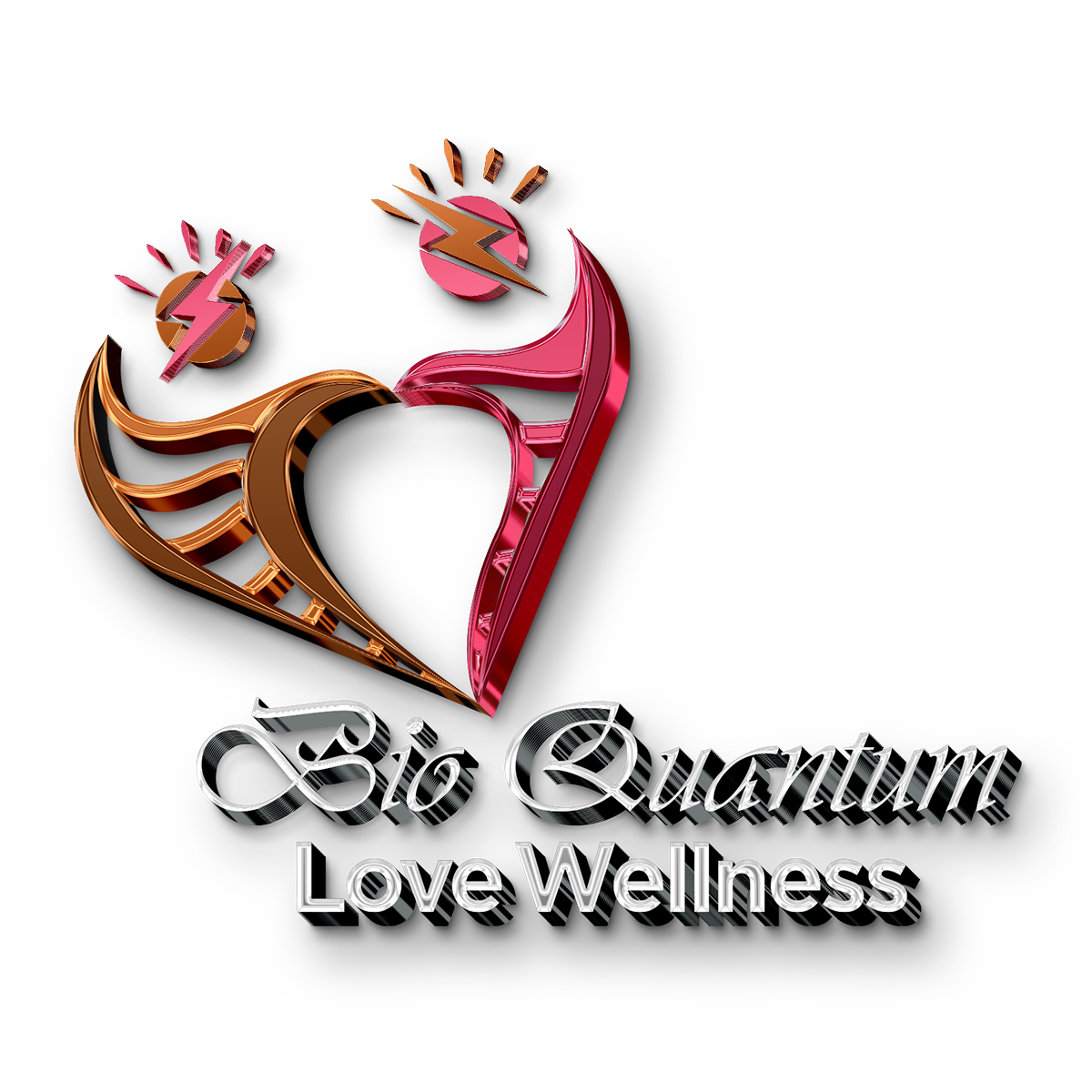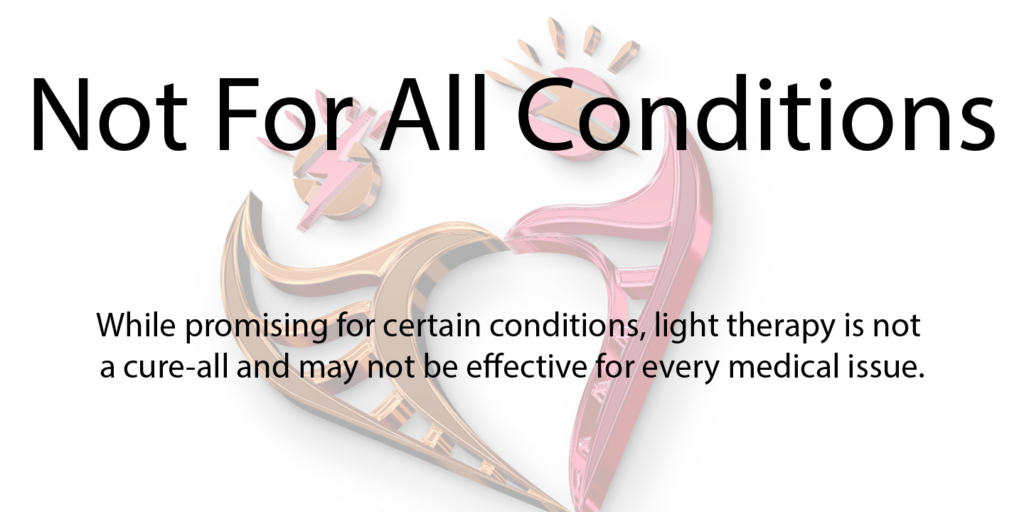
Treating a light body” medically refers to a concept not recognized within conventional medicine, as the idea of a “light body” is not considered a
scientifically verifiable entity; however, the term “light therapy” does exist in medical practice, which involves using different
wavelengths of light to treat various conditions, most commonly through methods like photodynamic
therapy (PDT) or phototherapy, primarily used for skin conditions like psoriasis and certain cancers.
Key points about light therapy in medicine
Light therapy often involves applying a photosensitizing agent to the affected area, which then becomes activated when exposed to specific
wavelengths of light, leading to targeted destruction of abnormal cells.
Types of light therapy

Photodynamic therapy (PDT)
Widely used for skin cancers, precancerous lesions, and certain cancers in the digestive tract.

Ultraviolet (UV) light therapy
Primarily used to treat skin conditions like psoriasis, where the patient is exposed to controlled UV radiation.

Low-level laser therapy (LLLT)
Utilizes low-intensity light to promote tissue repair and pain relief in various conditions.


